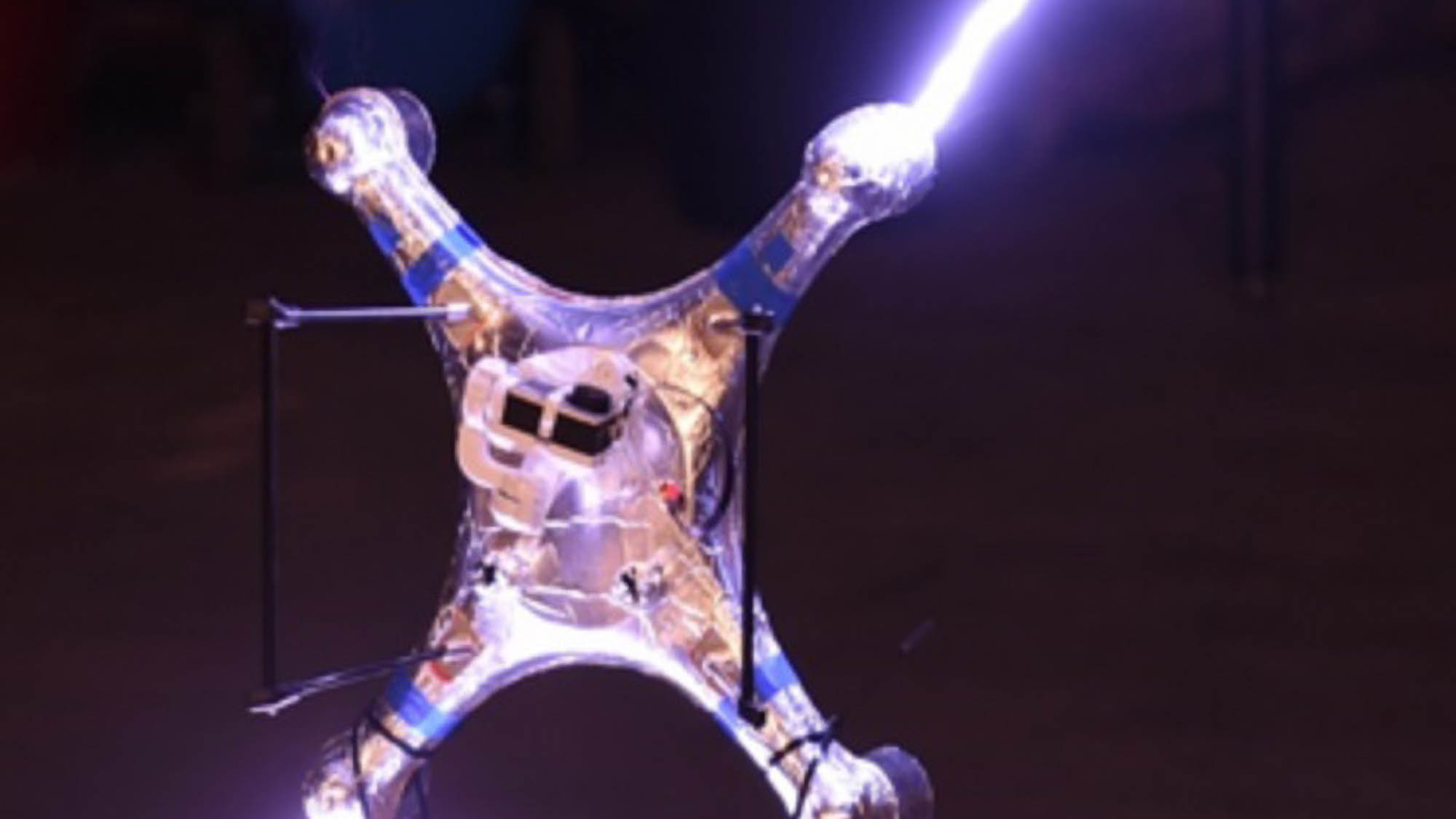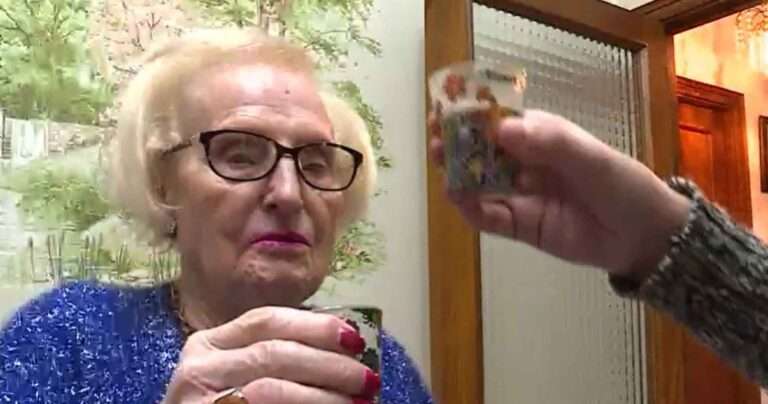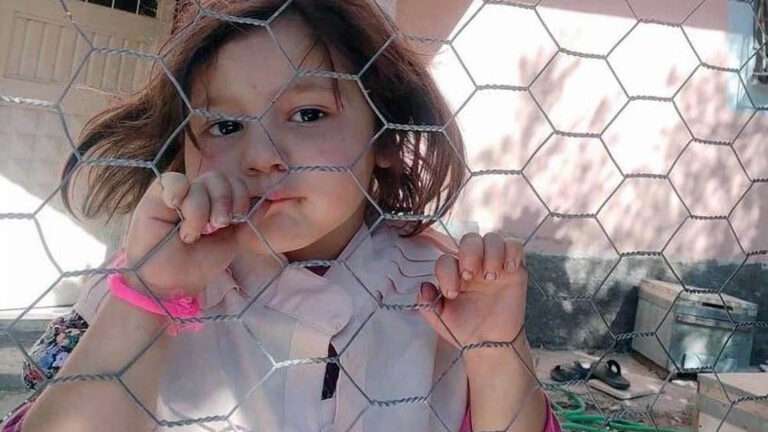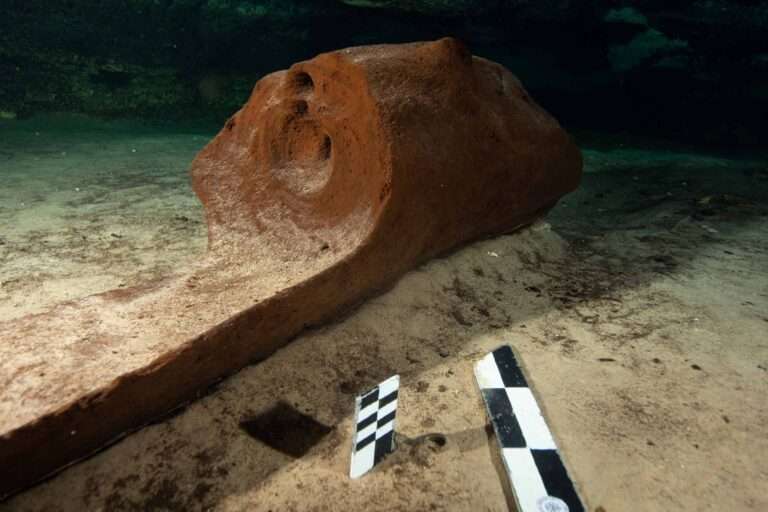Manchester University experts are designing AI-powered robots to work in some of the most hazardous places on Earth and outer space.
Manchester researchers have been advising government and energy sector leaders on the safe development of AI robots being used in extreme environments.
The University of Manchester said ‘hot robotic’ systems were originally designed to work in radioactive environments in decommissioned nuclear reactors, but found a new use in the fields of nuclear fusion power, agriculture, the energy sector, and even space exploration.
The University said in a statement: “As part of an ambitious R&D programme to maintain UK leadership in robotic technologies, Manchester experts are applying AI technologies to ‘hot robotics’ as they will increasingly need to act independently of human operators as they enter a range of danger zones to carry out highly complex tasks.
“An important challenge in the nuclear industry is to improve robot autonomy so that the technology can be used to deliver safer, faster and cheaper decommissioning of legacy power stations and other radioactive facilities at sites such as Sellafield and Dounreay.
“To support this challenge, the Robotics and AI Collaboration (RAICo) has been established in Cumbria as a joint research programme between The University of Manchester, the UK Atomic Energy Agency (UKAEA), Sellafield Ltd, the Nuclear Decommissioning Authority and the National Nuclear Laboratory.
“In addition to supporting the nuclear decommissioning industry, RAICo will also provide a pilot for the development and application of sophisticated robotic systems in other sectors – a recent report estimates that the total UK market size for autonomous robotic systems will reach almost GBP 3.5 billion by 2030.
“Academic engagement into RAICo is being led by Professor Barry Lennox and his team at The University of Manchester. This group leads the RAIN (Robotics and Artificial Intelligence for Nuclear) hub and are also part of the Manchester Robotics and AI Centre.”
The university added: “The Manchester-led RAIN group has built up their expertise after pioneering a series of resilient robotic systems to carry out work in many of the UK’s decommissioned nuclear power stations – doing work that is too dangerous for humans.”
Professor Barry Lennox said: “The inclusion of AI is because the goal is to develop automated systems that can operate much more efficiently than if they were operated by people. Within RAICo we are looking at how to improve the operation of remote manipulation and inspection systems.
“We’re helping Sellafield and other nuclear end-users to develop the next generation of remote surveying and handling equipment so they can improve their operations.
“The inclusion of AI is because the goal is to develop automated systems that can operate much more efficiently than if they were operated by people.
“Within RAICo we are looking at how to improve the operation of remote manipulation and inspection systems. We’re helping Sellafield and other nuclear end-users to develop the next generation of remote surveying and handling equipment so they can improve their operations.”
Professor Lennox explained: “The prefix ‘hot’ was introduced because we were interested in deploying the robots into active environments – but we’re now looking to expand the hot so it can refer to more general applications, including the space, agriculture and offshore sectors.
“AI introduces lots of additional problems related to ensuring that the AI will do what we expect it to do and not cause damage or risk the safety of humans.”
Rob Buckingham, head of the UK Atomic Energy Authority’s Remote Applications in Challenging Environments (RACE) centre, said: “The next generation of robotics will be essential for the delivery of fusion power and, recognising this, we intend to collaborate widely with the best, such as the robotics research group at Manchester.
“Working with Manchester on the RAIN programme has reaped huge rewards for both parties so let’s do more.”
To find out more about the author, editor or agency that supplied this story – please click below.
Story By: Lee Bullen, Sub-Editor: Marija Stojkoska, Agency: Newsflash
The Ananova page is created by and dedicated to professional, independent freelance journalists. It is a place for us to showcase our work. When our news is sold to our media partners, we will include the link here.




